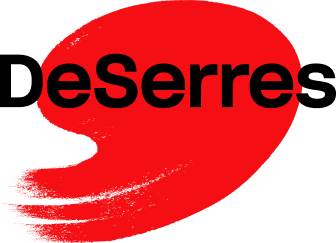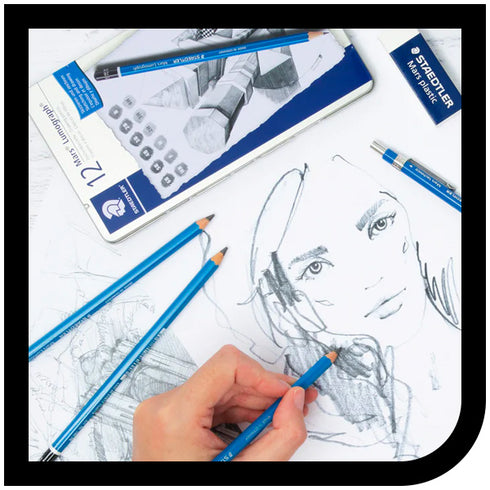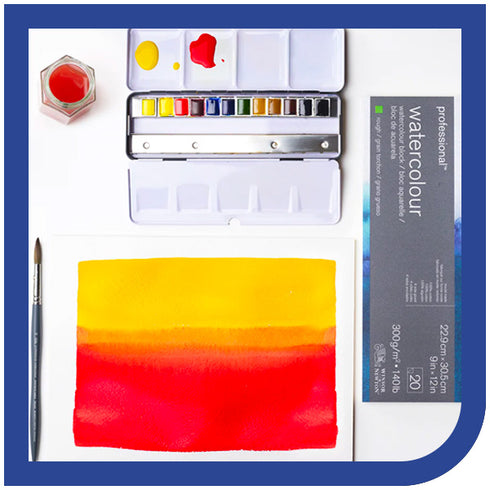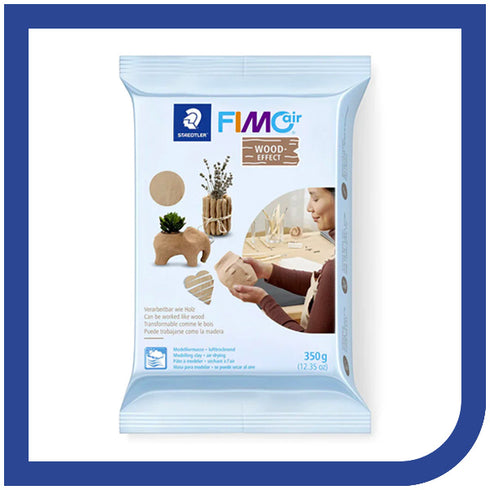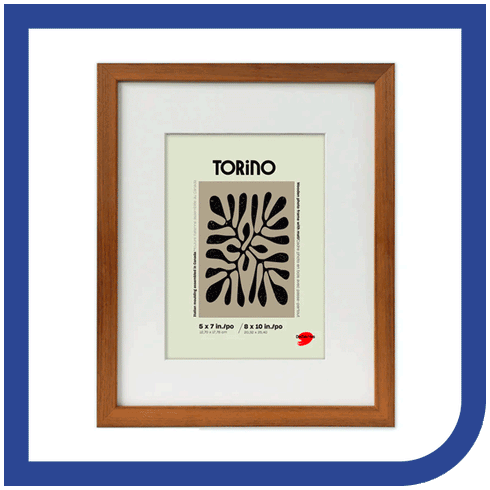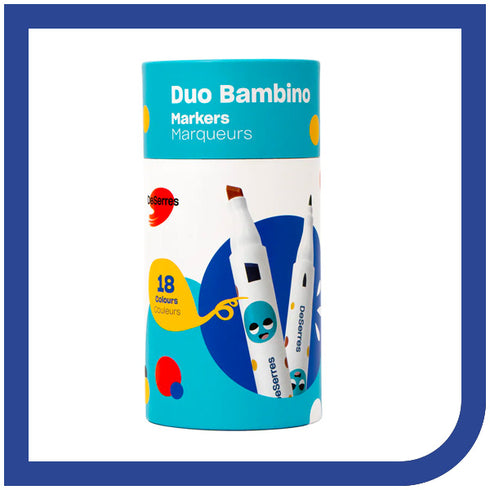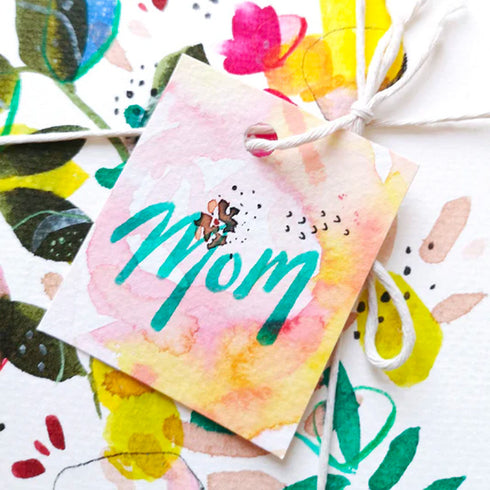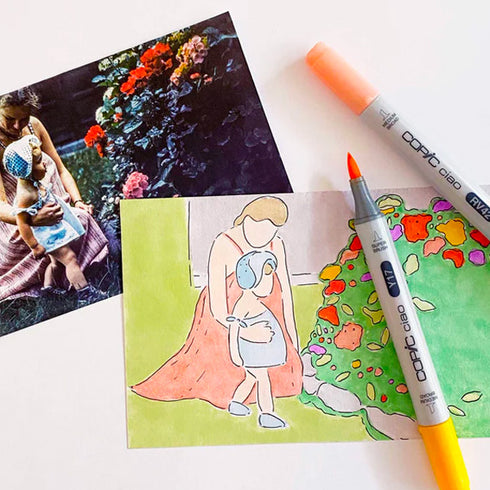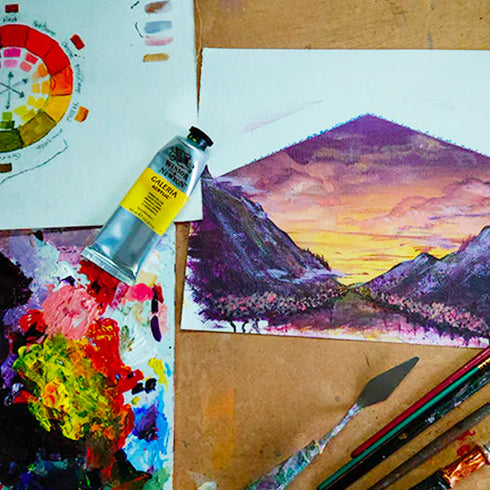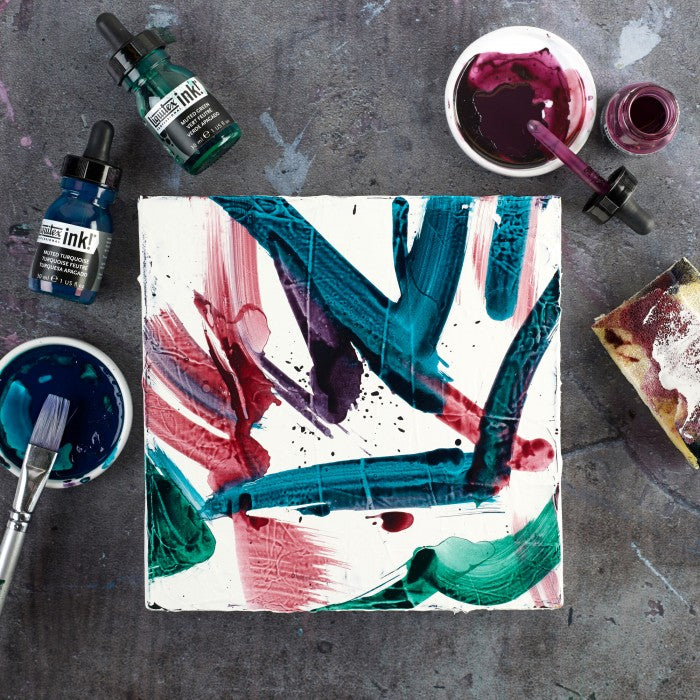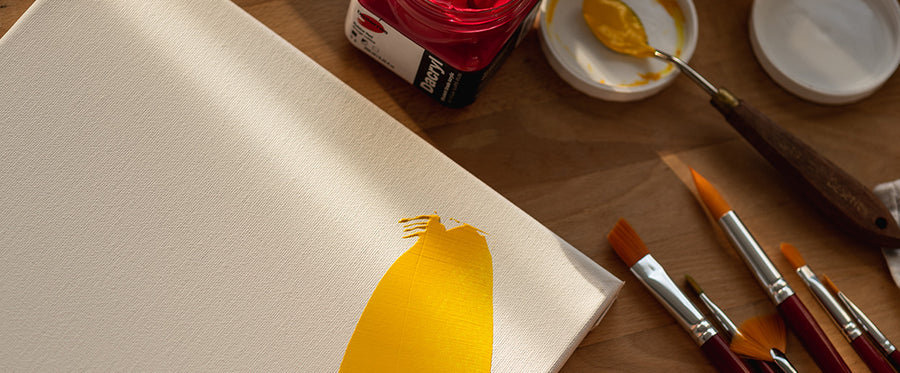Each paper has its own use, and there’s a paper for each medium. Ink—a unique and delicate medium—is no exception! Whether your ink is alcohol, shellac, acrylic, or watercolour, it’s important to work with the right paper for your style, since this will impact the final look of your work. We’d be happy to guide you through the creative process by showing you some of our favourite inks and papers.
PAPER + ALCOHOL INKS
Alcohol inks are highly volatile and concentrated, so it’s best to wear gloves and work in a well-ventilated area when using them. The very fluid consistency of these inks makes it possible to work in amalgam and superposition, producing very spontaneous effects. Piñata inks are alcohol-based, indelible, and moisture-resistant when dry. They work well on smooth, non-porous paper. Two types of paper are often used with alcohol inks: Yasutomo paper, which is made with calcium carbonate bonded with plastic. This paper has a smooth surface that absorbs just the right amount of ink. It’s also tear- and water resistant and never warps, even when completely covered with water. The most popular synthetic paper is definitely YUPO paper, made from 100% propylene (plastic). Extremely strong and durable, its non-absorbent surface is the ideal pairing with alcohol inks.

PAPER + WATERCOLOUR INKS
Bright and vibrant, watercolour inks are very popular with professional illustrators and draughtsmen. Unlike watercolours made with pigments, most watercolour inks are made with dye. It’s the dye that gives the ink its bright, luminous, and transparent appearance. Many brands of watercolour ink are available. Ecoline’s concentrated liquid inks have a number of different applications: illustrating, graphic design, technical drawing, and much more. The ready-to-use, water-soluble inks dilute well in water for an unlimited palette of colours. Dr. Ph. Martin’s Hydrus watercolour ink is an exception, because it’s made with pigments. It’s archival quality, acid-free, and non-toxic. It’s a light, transparent ink that delivers the same brilliance and permanency as traditional watercolours. Hydrus ink can be mixed with other inks from the same line and retains its transparency and brilliance after mixing. It’s ideal for calligraphy, airbrushing, and detailed work. Pébéo’s Colorex watercolour ink is popular for its bright, yet velvety finish and perfectly uniform solid colours. It can be used with airbrushes and like a traditional watercolour paint, using water, watercolour brushes and paper, and a palette. With watercolour inks, opt for relatively thick, absorbent, fine-grain watercolour paper made from cellulose or 100% cotton, with a weight of 200 or 300 g. Professional-quality Arches paper can absorb a large amount of water without warping or the colours running. The DeSerres, Fabriano and Strathmore brands offer paper of various shapes and sizes, specially designed for watercolour. For more information, see our article entitled Choosing the Right Watercolour Paper.

PAPER + ACRYLIC INKS
Pigment-based acrylic inks are colour-intense, liquid in texture, and provide good surface coverage. The acrylic binder makes them completely indelible after drying. The lightfast colours will stay bright. They’re perfect for a variety of applications—let your imagination run wild! Liquitex Ink! inks are extremely fluid and do not need to be diluted. The colours remain just as vibrant after drying. They are suitable for a wide variety of techniques, such as watercolour, mixed media, airbrushing, calligraphy, and stamping. The Schmincke brand offers AERO COLOR® ink, a brilliant, liquid acrylic ink. Lightfast, it’s ideal for use with retouching pens, dip pens, and brushes. It’s suitable for mixed-media techniques and watercolour. Easy to use, this acrylic ink is popular for its pleasant odour and durability. With this ink, opt for relatively thick paper, in the 180- to 200-g range, or higher if you use a lot of water. Depending on the technique and the desired result, you can use a cellulose or synthetic paper like the ones mentioned above.

PAPER + SHELLAC INKS
Shellac is a natural product secreted by insects and found in tree trunks in Asia. This form of resin has long been used in paint products and by the furniture sector to create varnishes; it also forms the base for Sennelier ink. A highly creative medium, this ink is sought after for washes, calligraphy, and illustrating. It dries rapidly and has a high degree of water resistance, without being indelible. When applied in layers, this ink will produce a satiny, even brilliant finish. You can use Sennelier ink in three different ways: undiluted, straight out of the jar, for maximum brightness and pigmentation; diluted with a clear shellac-based thinner to preserve its consistency; or diluted with water as a wash. You will need to choose your paper to suit your dilution ratio. You can also use cellulose or 100% cotton paper with a weight of at least 180 g, or mineral or synthetic paper such as Yupo. Winsor & Newton calligraphy inks are also shellac based. They come in brilliant colours that can be easily mixed and diluted. Apply them with a dip pen, brush, or airbrush. They are fast-drying, water-resistant, and adhere perfectly to most media. Black and white are the only Winsor & Newton ink colours that are lightfast.






